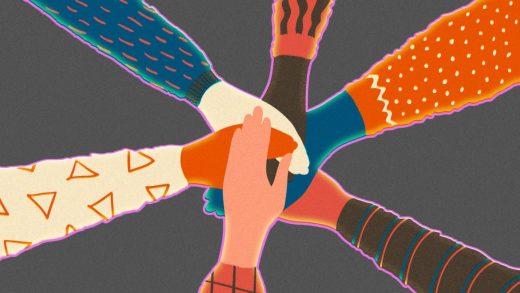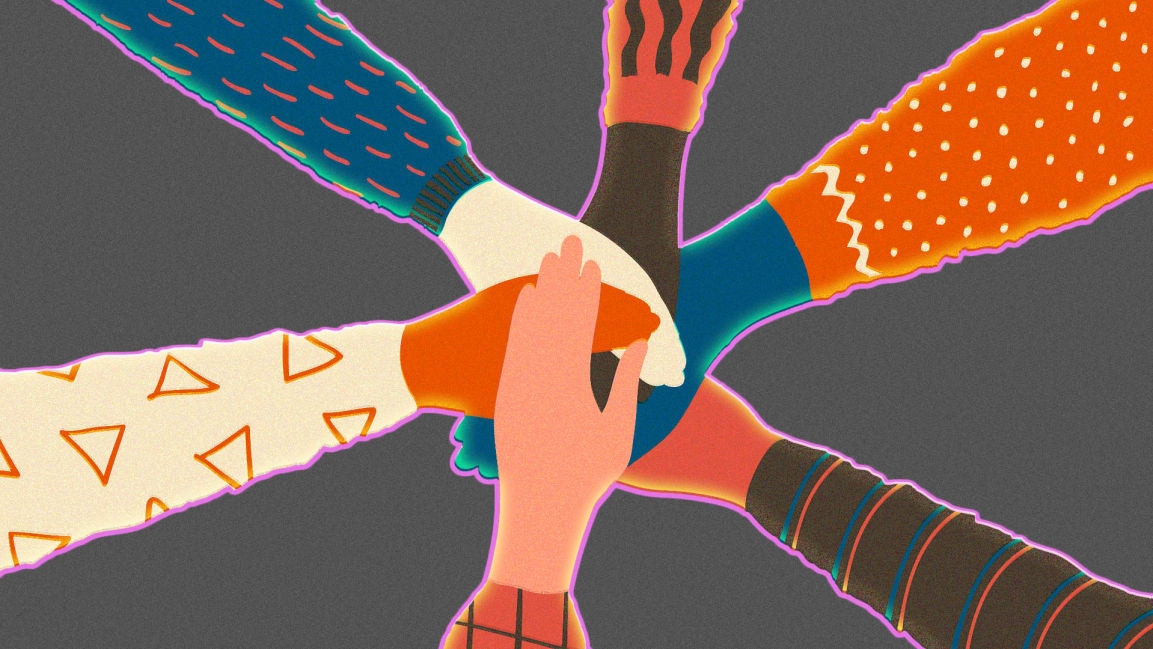I’m a Latinx startup founder, and this is what I learned about making a company truly inclusive
My cofounder David Cancel and I are among the 2% of VC-backed startups led by Latinx founders. Although we’ve been historically underrepresented, we’ve personally been learning just how hard building a diverse, equitable, and inclusive team can be.
At Drift, where I’m cofounder and CTO, 42.1% of our employee base company-wide is female, versus 31.6% at Google and 36.9% at Facebook. Our technical staff includes more than 11% who come from an underrepresented minority (URM) and a quarter of our workforce is nonwhite.
Surpassing some of the world’s biggest tech companies feels great, but numbers only tell part of the story. Diversity, equity, and inclusion transcend competition. It’s not enough to just do more than others. Diversity, equity, and inclusion should be a collective movement embraced by businesses of all kinds to change the entire process of building a company.
Very few people know how to do this right.
We’re working hard to ensure we employ people with a diversity of economic, social, ethnic, and gender backgrounds. We want to represent the new face of corporate America. We’re making progress, but the truth is, the numbers I shared with our team aren’t good enough. We’re nowhere near done.
We need to interview employees differently. We need to onboard employees differently, and we need to nurture their careers differently.
I was recently reminded of how diverse the path to a successful career can be when I watched the Netflix documentary Inside Bill’s Brain. I saw how Bill Gates grew up in a large home with tennis courts and a life totally unlike my own. My ethnic, economic, and social background is different than a lot of people you see working in today’s technology and startup sectors.
For example, the first time I went to the dentist in the United States was after two years of working for IBM. Not surprisingly, I had a lot of cavities to be filled.
This wasn’t a case of neglect or lack of time. It was a question of resources. The last time I went to the dentist in college, I couldn’t afford to pay for the work that needed to be done.
Too often, companies approach diversity and inclusion like dental hygiene. Without proper care and attention, small problems become bigger, more painful ones. And instead of treating causes at the root, we try to fill vacancies with diversity hires as if they were cavities.
This is what companies should think about instead as they continue to hone a diversity, equity, and inclusion strategy.
Technology is built by teams, and teams are built by leaders
Most companies look at hiring as a matter of posting a job, waiting for people to fill out an application, and then interviewing. This is fine if you want to find the same kind of candidates over and over, but URMs aren’t always represented in the typical talent pool.
I’ve experienced this problem myself. Unlike many CTOs, I spend a lot of my time recruiting and hiring, which involves more than advertising a position and hoping for the best.
The recruiting process has to be personal and it has to be about conversations. You have to go find the people you want and meet them where they are. It also has to respect the candidate. You can’t assume someone will have time to come in for multiple, daylong interviews. You need to recognize that their time is valuable. That’s why, at Drift, we aim to make a decision in seven days or less.
Help people see the long-term path
We make it clear to employees that we want to be an enduring, multiproduct company that employs thousands globally. And we know a lot will change along the way, so we came up with eight leadership principles to help us at every stage.
When we recruit and hire, we use a personality test to understand a candidate’s work style. This helps us ensure that Drift is a place where they’ll find fulfillment and be a place they’ll want to work for 10 years, rather than spending two years learning and then moving on. You need to check in regularly with people to make sure they’re evolving and growing with you.
Along with principles, your company culture is built upon a shared language, symbols, and rituals. For us, these include rituals like “Monday Metrics” where we examine our progress in key areas, Wednesday lunch and learns, and a meeting with the senior leadership team on Fridays.
When your culture is healthy–and diversity, equity, and inclusion are key factors in that–you’re able to optimize your team to make decisions faster without you as the leader present.
You only win by going all in
My work in diversity and inclusion can’t be limited to the volunteer work and community building I do outside of Drift through events and mentorship. It has to be a focus of what I do inside Drift, too. I’ve realized I need to combine everything I do into one mission, one passion.
Besides hiring and supporting people at the highest levels to bring in diverse talent, I focus a lot on teaching our team how to communicate and understand different perspectives on process and performance.
Outside the company, we work with an increasing number of programs and groups to expose those in high school to entrepreneurship and opportunities to get the kind of internships I had, which changed the course of my life.
Fostering diversity, equity, and inclusion is a long process. People will sometimes say they want to help, but they’re not ready to put in the time. You have to be ready to give the time–not just because you want to see your diversity numbers continue to go up, but because you’re committed to making changes that can become the norm across both your business and the wider community. You have to do it with your heart. It shouldn’t be like pulling (or filling) teeth.
Elias Torres is the founder and CTO at Drift.
(2)



